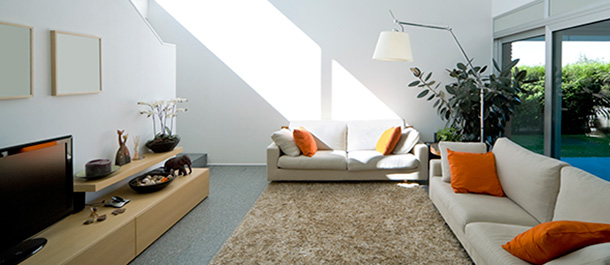Cat 5e vs Cat 6, Choosing the Best Cabling for Your Home

Residential structured wiring has expanded beyond telephone service distribution to deliver a host of services, including HDTV, Gigabit networking, VoIP, IPTV, Wi-Fi, and broadband Internet. The type of cabling used to support the home network directly impacts overall performance.
Cat 5e and Cat 6 are the most common cable types used in residential networks. Both systems deliver bandwidth significantly greater than Cat 3, work with 1000BASE-T Gigabit Ethernet, and meet ANSI/TIA-586-A standards. Both meet residential gigabit requirements, are backwards compatible to Cat 5 and Cat 3, and support patch cord plug and connector interoperability. However, while Cat 5e cabling may be marginally more cost effective, Cat 6 provides greater performance (up to twice the bandwidth) and improved network flexibility.
Cat 6 delivers enhanced signal-to-noise ratio, providing greater data throughput when compared to Cat 5e. Better signal-to-noise ratio and data throughput translates into faster downloading and streaming. The improved performance also increases the reliability of premises networks by reducing network errors and associated downtime. The superior transmission performance and 250 MHz bandwidth make it easier to implement emerging applications and new network devices.
Performance Comparison at a Glance
| Cat 5e | Cat 6 | |
| Insertion Loss (lower the better) | ||
| Cable | 22.0 dB | 19.8 dB |
| Connecting Hardware | 0.40 dB | 0.20 dB |
| Channel | 24.0 dB | 21.3 dB |
| Near-End Crosstalk (higher the better) | ||
| Cable | 35.3 dB | 44.3 dB |
| Connecting Hardware | 43.0 dB | 54.0 dB |
| Channel | 30.1 dB | 39.9 dB |
| Attenuation to Crosstalk Ratio Far-end (higher the better) | ||
| Cable | 23.8 dB | 27.8 dB |
| Connecting Hardware | 35.1 dB | 43.1 dB |
| Channel | 17.4 dB | 23.3 dB |
| Return Loss (higher the better) | ||
| Cable | 20.1 dB | 20.1 dB |
| Connecting Hardware | 20.0 dB | 24.0 dB |
| Channel | 10.0 dB | 12.0 dB |
A whole-house network supported by a structured cabling infrastructure is crucial to providing the reliability, security, and versatility needed to enhance performance. While choosing a Cat 5e structured cabling solution may save a few dollars in the short term, Cat 6 will provide the superior transmission and flexibility needed to guarantee higher bandwidth while preparing the home to integrate with emerging network technologies.
To discover more solutions for optimizing the home network, visit: leviton.com/ch


